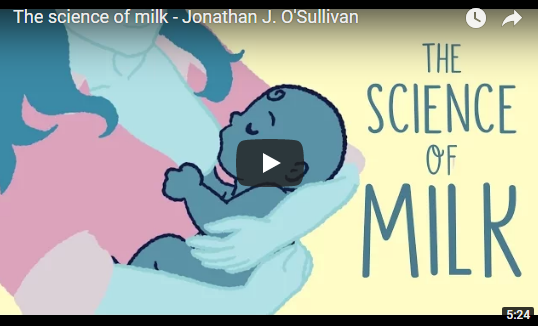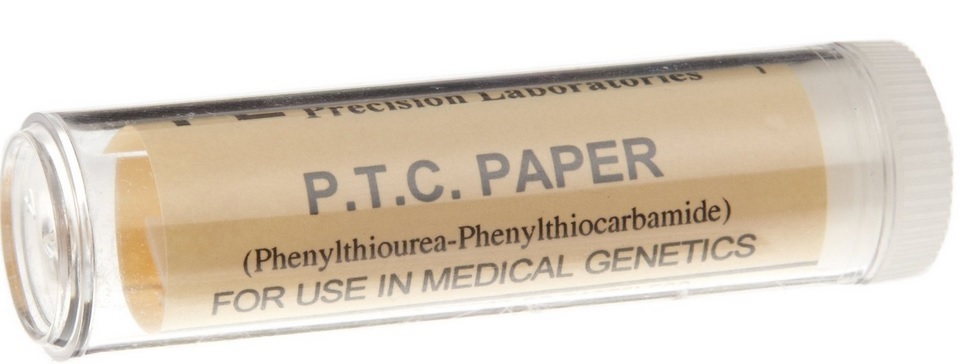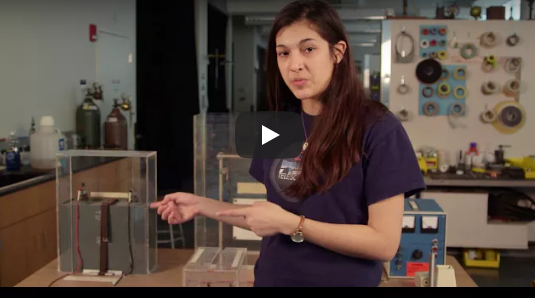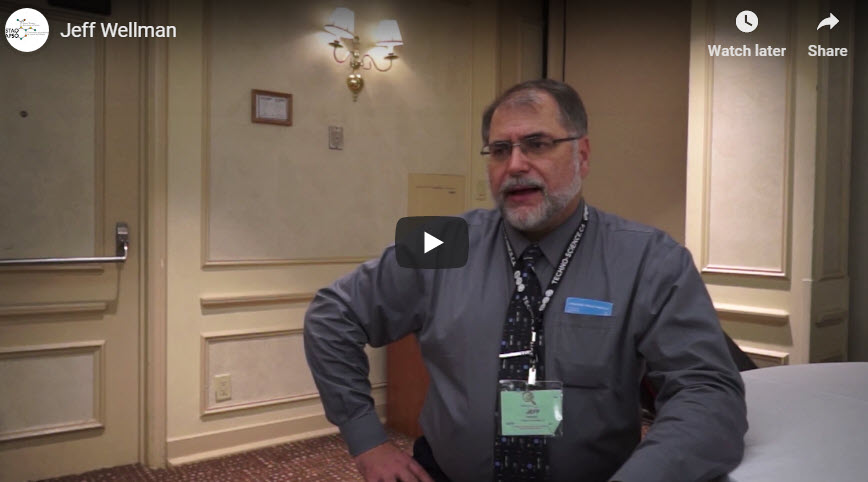
by msander | May 31, 2019 | Gr 4-6 Science & Tech, Gr 7-8 Science & Tech, Gr 9-10 Science, Gr. 11-12 Biology
The milk industry produces in excess of 840 million tons of products each year. Why do humans drink so much milk? And given that all mammals lactate, why do we favor certain types of milk over others? Jonathan J. O’Sullivan describes how milk is made. Lesson by...

by msander | May 30, 2019 | Gr. 11-12 Biology
Different alleles produce variation in inherited characteristics such as hair colour or blood type. In an individual, one form of the allele (the dominant form) may be expressed more than another form (the recessive form). In this activity test the allele frequency of...

by msander | May 29, 2019 | All Science Teachers, Teaching Strategies
The K20 Center examines I Notice, I Wonder, an instructional strategy that helps students create good questions from the information at hand by writing down what they notice and what they wonder about a new topic. Support active learning in your classroom with this...

by msander | May 28, 2019 | Gr 9-10 Science, Gr. 11-12 Physics
When Natalia flips a switch, a huge explosion happens – watch and learn as she shows and explains why. Find us online! Facebook: http://www.facebook.com/MITK12 Twitter: http://www.twitter.com/MITK12Videos http://k12videos.mit.edu made with love at MIT Creative...

by msander | May 24, 2019 | Gr 9-10 Science, Gr. 11-12 Biology, Gr. 11-12 Chemistry, Gr. 11-12 Physics
Futurists predict that those who work in jobs that require lower education and lower skill sets have a higher chance to have their jobs lost or restructured while those that require greater education or are highly skilled will be less affected. There is a growing...







Recent Comments